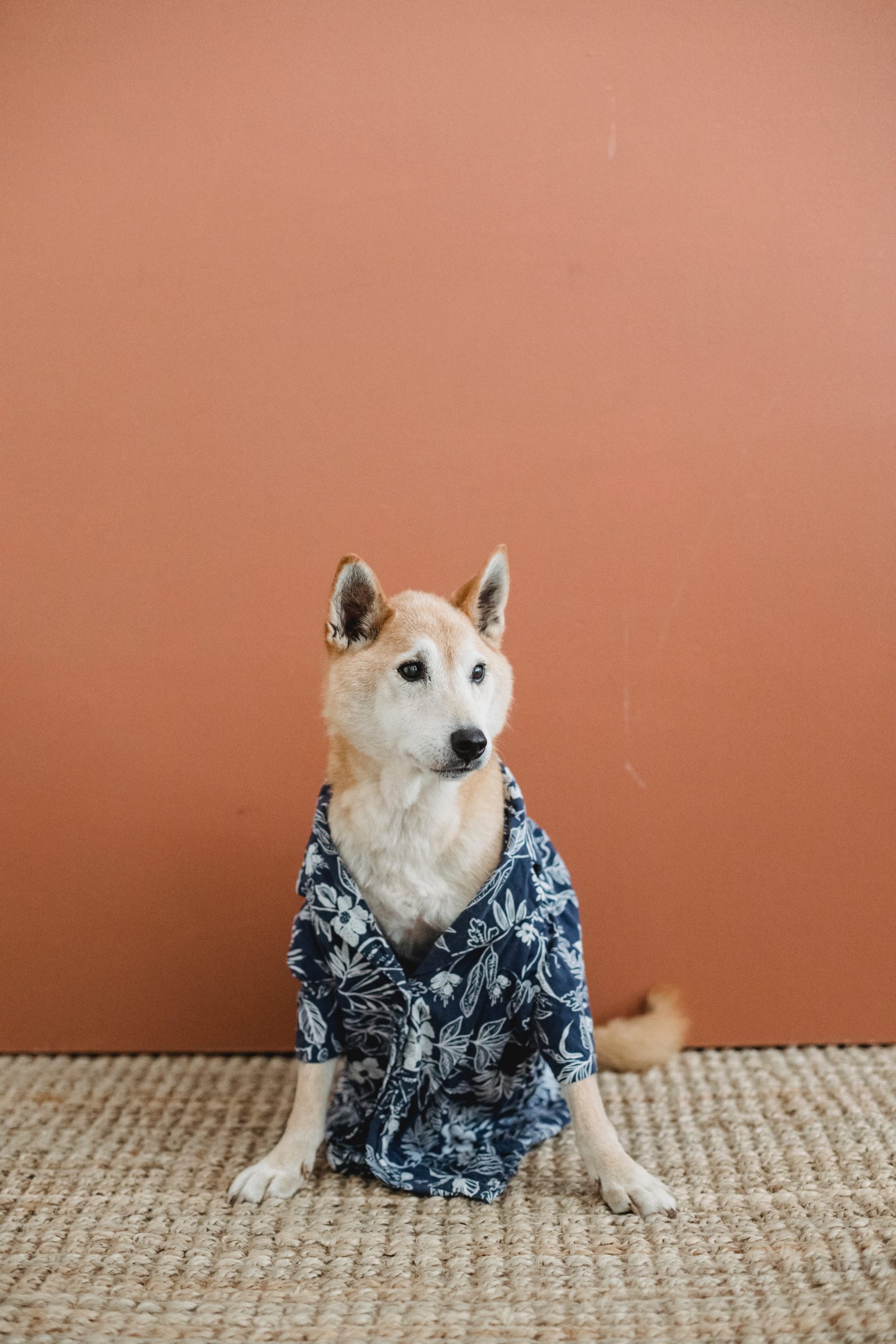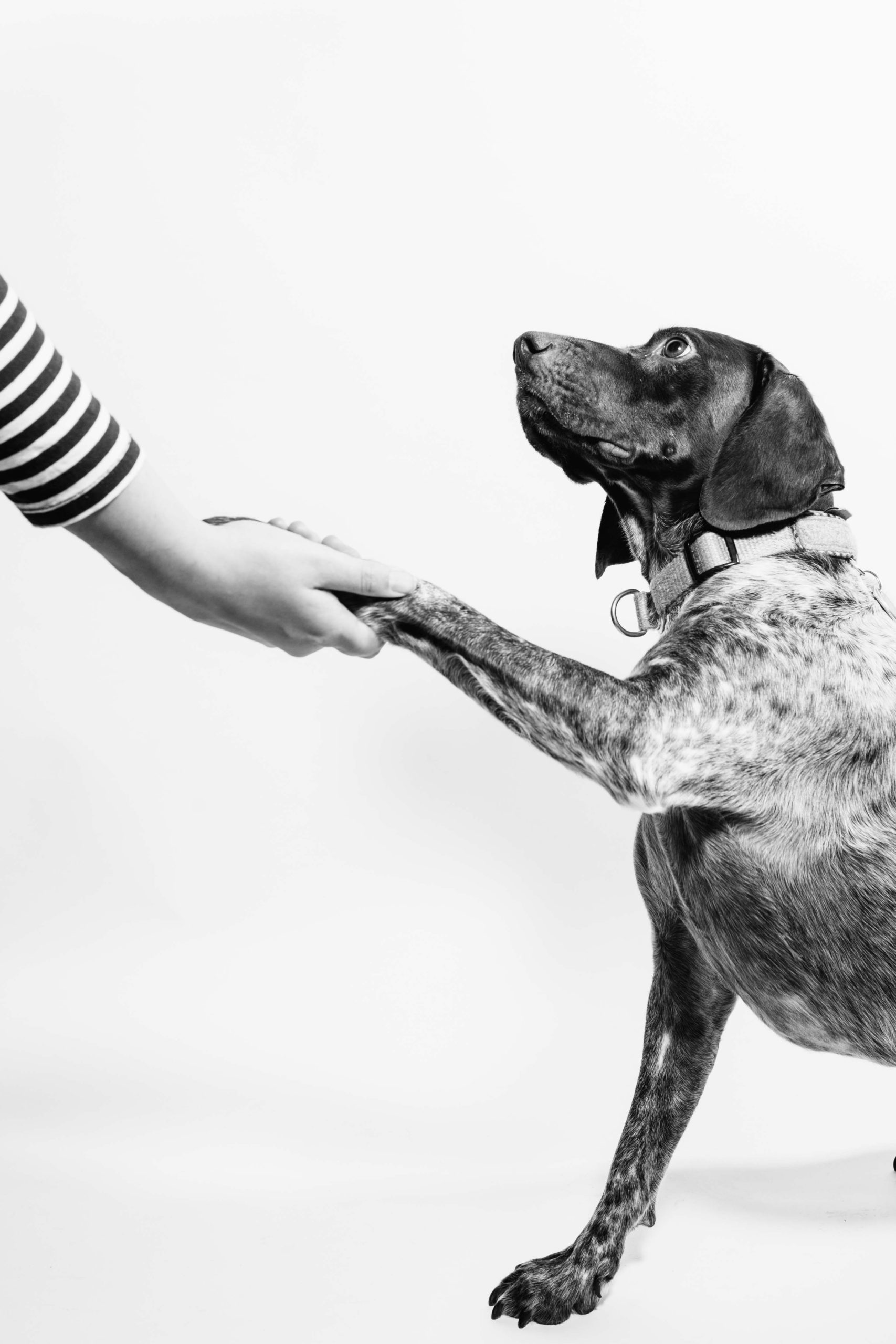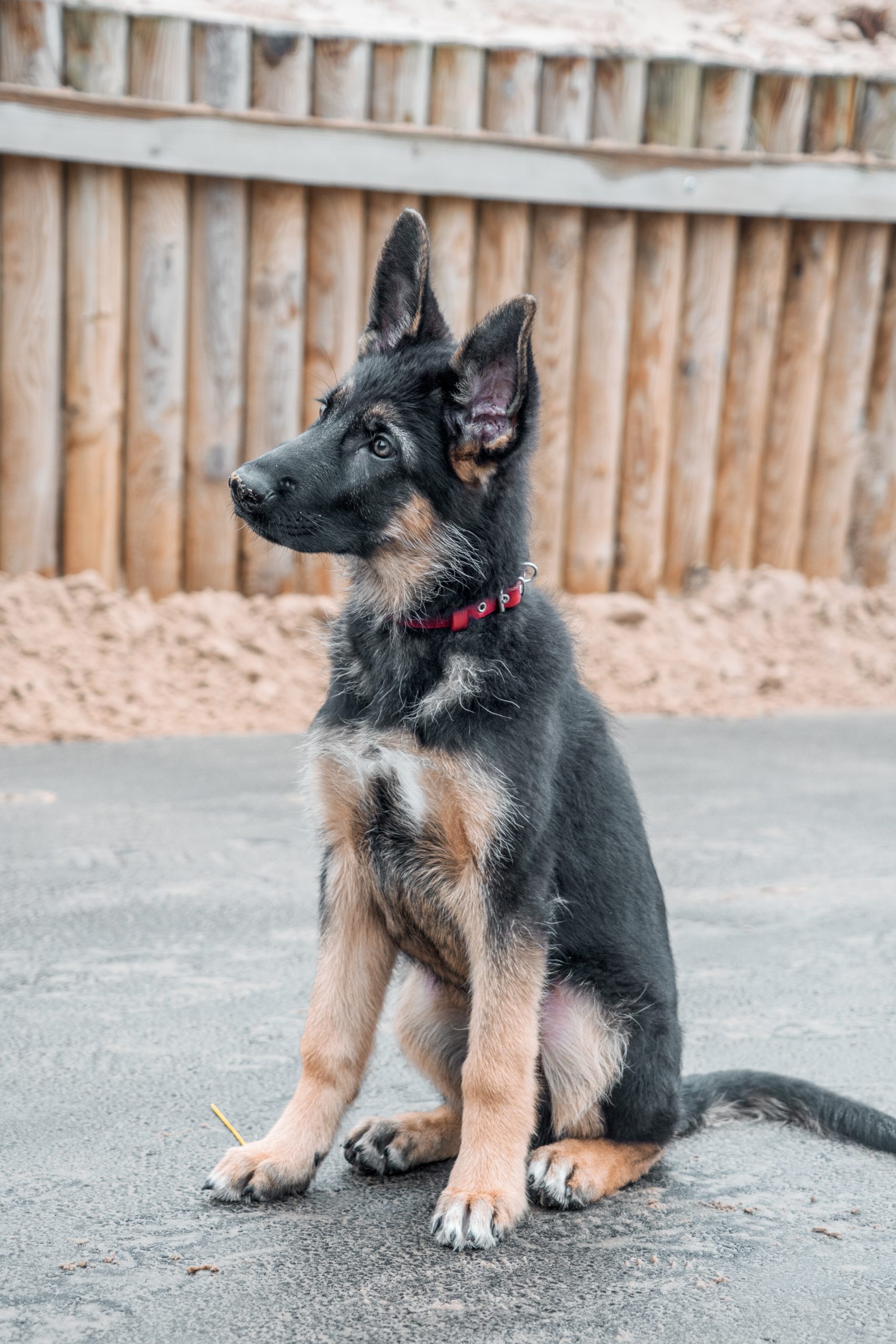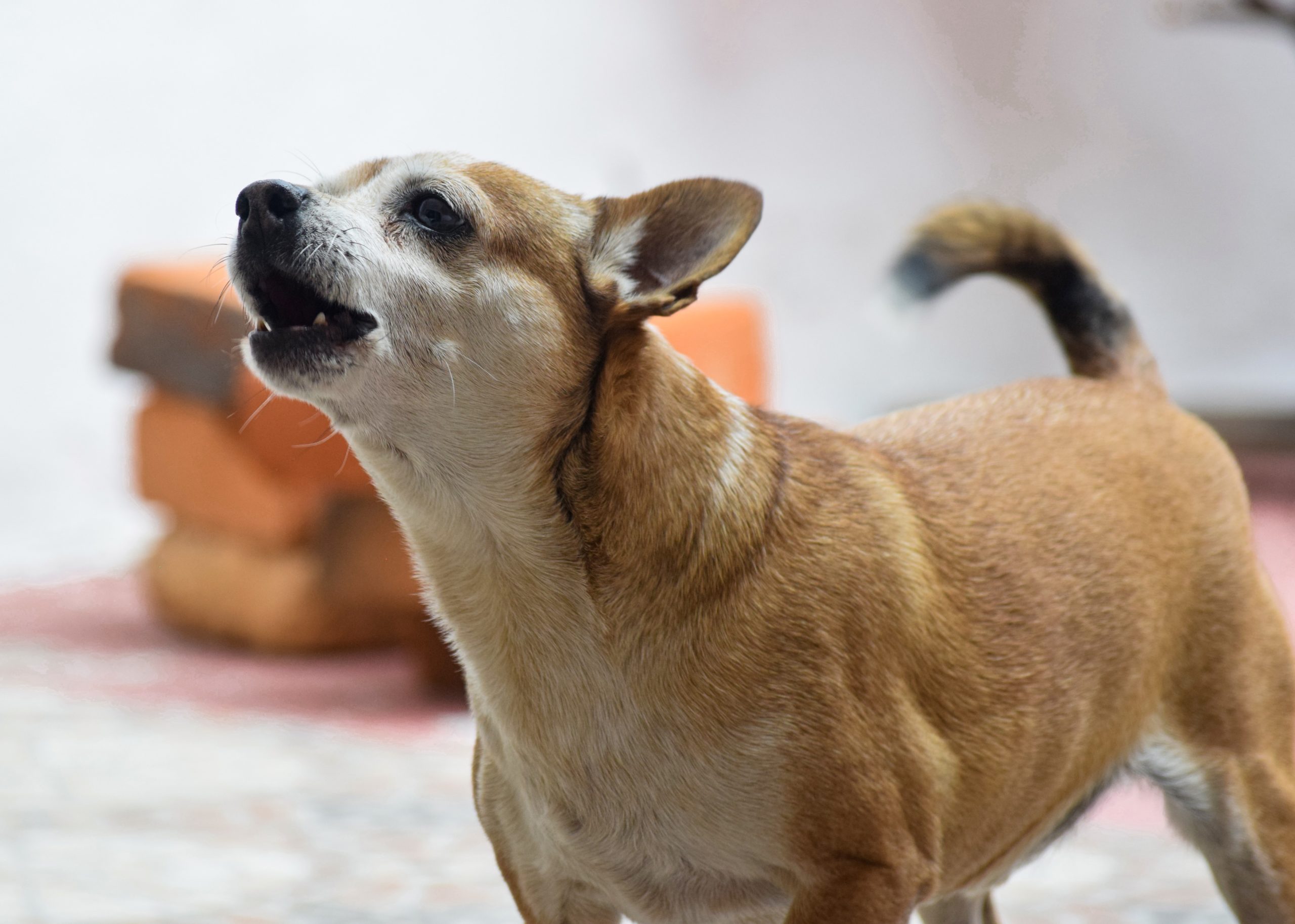As the temperature rises, it’s essential for dog owners to learn how to keep their furry friends cool and safe. Our canine companions can’t regulate their body temperatures as efficiently as humans do, making them more susceptible to overheating during the hot summer months.
This blog post will enlighten you on your dog’s heat sensitivity, provide practical cooling solutions, discuss special considerations for certain breeds, and share tips for preventing heatstroke in your four-legged pal.
Understanding Your Dog’s Heat Sensitivity
Dogs regulate their body temperature through panting and limited sweating, which means they are more susceptible to overheating than humans.
How Dogs Regulate Their Body Temperature
Dogs primarily regulate their body temperature through panting, which allows them to release heat and moisture from their bodies. As they breathe in cooler air, the hot air and moisture trapped inside gets expelled, helping their core temperature lower gradually.
Unlike humans who sweat through our skin’s surface, dogs only have sweat glands on their paw pads.
Since panting is the main cooling mechanism for dogs, it’s essential for pet owners to understand how vital proper hydration is during hot weather conditions. A well-hydrated dog will be more efficient at releasing heat via panting because there will be enough moisture available for evaporation within its respiratory system.
In addition to providing ample freshwater throughout the day, including ice cubes in your dog’s water bowl can further assist with keeping them cool.
Signs Of Overheating In Dogs
Dogs can quickly become overheated during hot weather, and it is essential for pet owners to be able to recognize the signs of heat exhaustion. If your dog is panting excessively or drooling more than usual, it may be an indication that they are too hot.
Other signs of overheating include lethargy, vomiting, diarrhea, and a bright red tongue or gums.
It’s important not to wait until your dog is severely overheated before taking action. As soon as you notice any of these symptoms, move them to a cooler area immediately and provide them with cold water to drink.
Preventing overheating in dogs should always be a priority during the summer months. Dog owners must take proper precautions by providing shade and ventilation at all times when outside, avoiding exercising during peak heat hours, keeping dogs hydrated with access to fresh water at all times, and using cooling mats or vests when appropriate based on breed type and age.
Ways To Keep Your Dog Cool
Provide plenty of water and offer a shaded area for your dog to rest. Use cooling mats or vests, avoid hot surfaces, and exercise during peak heat hours. Fans or air conditioning can also help regulate their body temperature.
Provide Plenty Of Water
Keeping your dog hydrated is crucial to prevent overheating during hot weather. Dogs regulate their body heat through panting, which results in significant water loss.
Ensure that your dog always has access to clean and fresh water, especially if they are spending time outdoors or engaging in physical activity.
It’s also important to monitor your dog’s hydration level by checking for signs of dehydration such as dry gums and skin, sunken eyes, and lethargy.
If you notice any of these symptoms, offer your dog small amounts of water frequently throughout the day or consider offering them wet food as an additional source of hydration.
Offer A Shaded Area
Dogs can quickly overheat when exposed to direct sunlight, so it’s essential to provide a shaded area where they can cool down. A tree or canopy is ideal but if that’s not an option, creating shade using an umbrella or tarpaulin will work too.
Alternatively, keeping your dog indoors during peak heat hours between 10 am and 4 pm can also help regulate their temperature. Ensure there’s enough ventilation in the room by opening windows or using fans to circulate air.
In addition to providing shade, you should ensure your dog has access to plenty of fresh water. You can add ice cubes to their water bowl or pour cold water over their back and paws for immediate relief from overheating.
Overheating in dogs can be dangerous; signs include excessive panting, difficulty breathing, and drooling excessively.
Use Cooling Mats Or Vests
Cooling mats or vests are a great way to help your dog regulate their body temperature during hot weather. These products work by absorbing and dissipating heat, keeping your furry friend cool and comfortable.
Some examples of cooling products for dogs include the K&H Pet Products Cool Bed III and Ruffwear’s Swamp Cooler Vest. These products are especially helpful for breeds with heavy coats or flat faces that have difficulty regulating their body temperature naturally.
Avoid Hot Surfaces And Exercising During Peak Heat Hours
Dog owners should avoid exercising their pets during peak heat hours, typically between 10 am and 4 pm. The high temperature of the surfaces dogs walk on, such as pavement or sand, can cause burns on their paw pads.
It’s always a good idea to test these surfaces with your own hand for a few seconds before taking your dog out for a walk. If it’s too hot for you, it will be too hot for your furry friend’s paws too.
Instead of walking during peak hours, take walks early in the morning or late in the evening when temperatures are cooler. This is also important to prevent heat stroke caused by excessive physical activity in high temperatures.
While exercise is essential, fans and air conditioning can also aid in keeping dogs cool while they’re indoors if necessary.
Use Fans Or Air Conditioning
Keeping your dog cool during hot weather is crucial, and fans or air conditioning can be a great aid to help regulate their body temperature. If your home has air conditioning, ensure that it’s set to a comfortable temperature for your dog.
A fan can also be used to keep the air circulating in the room where your dog spends most of their time. Make sure that you never aim it directly at them as this could dry out their skin and coat.
If you’re spending time outside with your pet on hot days, it’s best to stay indoors during peak heat hours, but if you must go outside when temperatures are high, consider using portable fans or cooling pads for extra relief from the heat.
Cool packs placed near windows where dogs like to lay down can also help alleviate any uncomfortable sensations they may feel due to overheating.
Special Considerations For Certain Breeds
Brachycephalic (flat-faced) breeds like bulldogs and pugs have a harder time breathing and cooling down, while heavy-coated breeds may require extra grooming to avoid overheating – learn more about how to keep these types of dogs safe in the heat.
Brachycephalic Breeds (flat-faced)
Brachycephalic breeds, such as bulldogs and pugs, are more prone to overheating due to their shortened snouts. This is because they have a harder time panting effectively, which is the main way dogs regulate their body temperature.
Owners should ensure that brachycephalic dogs always have access to shade and plenty of water throughout the day. Cooling mats or vests can also be particularly helpful in regulating their body temperature.
It’s also important to avoid excessive exercise during peak heat hours and limit outdoor activities when temperatures rise too high.
Heavy-coated Breeds
Heavy-coated breeds, such as Huskies or Malamutes, are more prone to overheating due to their thick fur. It can be challenging for these dogs to regulate their body temperature during hot weather conditions and may require extra care from their owners.
Regular grooming and trimming of the dog’s coat will help them stay cool during summer months. Providing shade and ventilation is essential, especially when exercising outside in peak heat hours.
Cooling mats or vests can also be beneficial in preventing heavy-coated breeds from overheating, while providing plenty of water is crucial for hydration purposes.
Elderly Or Ill Dogs
Elderly or ill dogs are more susceptible to overheating and heatstroke due to their age or health conditions. It’s important for dog owners to take extra precautions during hot weather and keep a close eye on these dogs.
Providing them with plenty of shade, cool water, and access to air conditioning is crucial. Cooling mats or vests can also be used to help regulate their body temperature.
Additionally, drugs that affect thermoregulation should be avoided if possible since they may interfere with the dog’s ability to regulate its temperature properly.
It’s essential for older dogs with arthritis or mobility issues who have difficulty moving around in extreme temperatures and also need special care during hot weather.
Dogs such as greyhounds, whippets, and boxers lack fat stores; hence they lose weight rapidly when experiencing prolonged overheating over time resulting in dehydration hence a vet visit might be necessary if you spot any unusual symptoms like excessive panting, dark gums & tongue which may signify internal bleeding caused by the effects of high temperatures on blood vessels.
Dogs With Short Snouts
Short-snouted breeds, such as French bulldogs and pugs, are particularly prone to overheating. This is because their nose and airways are not as efficient at regulating body temperature through panting.
Owners of these breeds need to take extra precautions during hot weather, providing plenty of shade and cool water for their pets. Avoiding peak heat times for exercise is also important, as well as using cooling mats or vests when outside.
Tips For Preventing Heat Stroke
Monitor your dog’s behavior for signs of overheating and take steps to keep them cool, such as providing plenty of water, shade, and cooling mats or vests; avoid exercising during peak heat hours and never leave a dog in a hot car.
Avoid Leaving Dogs In Hot Cars
Leaving a dog in a hot car can be extremely dangerous and even deadly. Even on moderately warm days, the temperature inside a car can quickly reach unsafe levels for dogs.
It’s important to never leave your dog in a parked car, even for a few minutes with the windows open. If you must take your dog with you on errands, make sure they have access to plenty of water and shade while waiting in the car.
According to important facts about cooling down dogs during hot weather, cold water is an effective way to cool down a hot dog immediately. Keeping dogs hydrated is crucial to prevent overheating along with providing adequate shade for pets when outside during peak heat hours.
Never Leave A Dog Outside In Extreme Heat
It’s important to remember that dogs can easily overheat in hot weather, so it’s essential never to leave them outside in extreme heat. Even if you think they have access to shade and water, high temperatures can be life-threatening for dogs.
When outside with your dog, make sure always to monitor their behavior for signs of overheating, such as excessive panting or lethargy. If you do see these signs, bring them inside immediately so that they can cool down safely.
Cold water is the most effective way to cool down a hot dog quickly, and providing plenty of hydration is crucial during warm weather.
Monitor Your Dog’s Behavior
It’s important to keep a close eye on your dog’s behavior during hot weather to ensure they don’t overheat. Dogs will pant to regulate their body temperature, but excessive panting, lethargy, and restlessness can be signs of overheating.
If you notice these symptoms, it’s important to move your dog into a cooler environment immediately and offer them water to drink. It’s also crucial that you don’t leave your pet outside in extreme heat or in a parked car without proper ventilation.
Certain breeds such as brachycephalic (flat-faced) dogs are more prone to overheating, so special care should be taken with these types of dogs.
Did you know that cold water is the most effective way to cool down an overheated dog? Also, offering ice treats or frozen towels can aid in cooling them off quickly.
Another option is using chilled beds or pads and providing shade for outdoor activities. Never use wet towels as this could actually make the situation worse for your pet by trapping heat against their skin.
Consider Breed And Age
It’s important to keep in mind that different breeds and ages of dogs may have varying sensitivities to heat. For example, brachycephalic breeds with flat faces like Bulldogs and Pugs, as well as heavy-coated breeds like Huskies or Saint Bernards, will likely struggle more in hot temperatures than other breeds.
Additionally, elderly or ill dogs may also be more vulnerable to overheating.
One way to tailor your approach is through grooming – a shorter haircut or trim for heavy-coated breeds can make a big difference during the summer months. Additionally, older dogs may not be able to regulate their body temperature as effectively as younger dogs, so it’s crucial to keep them cool and hydrated at all times.
Be sure to monitor your dog’s behavior closely during hot weather days and adjust accordingly based on their individual needs.
What To Do If Your Dog Does Get Overheated
If your dog happens to get overheated, it’s important to act quickly to prevent further complications. Here are some steps to take:
- Move your dog to a cooler area: Bring your pup inside or into the shade immediately.
- Offer water: Encourage your dog to drink cool water, but do not force them.
- Wet towels: You can place wet towels on your dog’s body, particularly under their armpits and around their neck.
- Fans or air conditioning: Turn on a fan or air conditioner to help cool the room even more.
- Rubbing alcohol: Apply rubbing alcohol on their paw pads as this can help in dissipating heat away from their body.
- Ice pack: Place an ice pack wrapped in a towel on the back of your dog’s neck, between their hind legs, or under their front legs (armpits).
- Seek veterinary attention: If your dog is still showing signs of overheating despite these measures, seek veterinary care immediately as heatstroke can lead to serious health issues such as organ failure.
Prevention is key in keeping your furry friend safe during hot temperatures. Keep an eye on their behavior and avoid overexertion during peak heat hours. Providing plenty of water, shade, and cooling options like mats and vests will help keep them comfortable and healthy throughout the summer months.
Conclusion
In summary, it’s important to understand your dog’s heat sensitivity and take the necessary precautions to prevent overheating. Providing plenty of water, shade, and cooling options such as mats or vests can help regulate their body temperature.
It’s also crucial to monitor their behavior and avoid hot surfaces during peak heat hours. By keeping these tips in mind, you can ensure that your furry friend stays cool and comfortable during even the hottest summer days.
FAQs:
1. What are some signs that my dog is overheating?
Signs of overheating in dogs include excessive panting, drooling, lethargy, bright red gums/tongue, and vomiting/diarrhea. It’s important to act quickly if you notice these symptoms.
2. What are some ways I can cool down my dog?
You can cool your dog down by providing them with shade or a cool place to rest indoors, giving them access to fresh water at all times and wetting their fur with cold water or using a damp towel on their paws and ears.
3. Is it safe to give my dog ice cubes during the summer months?
It is generally safe for dogs to consume ice cubes but make sure they do not overdo it as consuming too much ice can lead to upset stomachs or even more severe issues like bloat.
4. How can I prevent heatstroke in my furry friend during the hot summer months?
Avoid taking your pet out during peak sun hours when the temperatures are highest (usually midday), provide plenty of water throughout the day, and never leave your pet in parked cars as temperatures inside can quickly become fatal for our four-legged friends. Also, keep an eye on thick-furred breeds such as huskies who might be more likely to suffer from heat stroke than thinner-haired breeds like greyhounds so take necessary precautions such as scheduling breaks frequently into daily routine.



